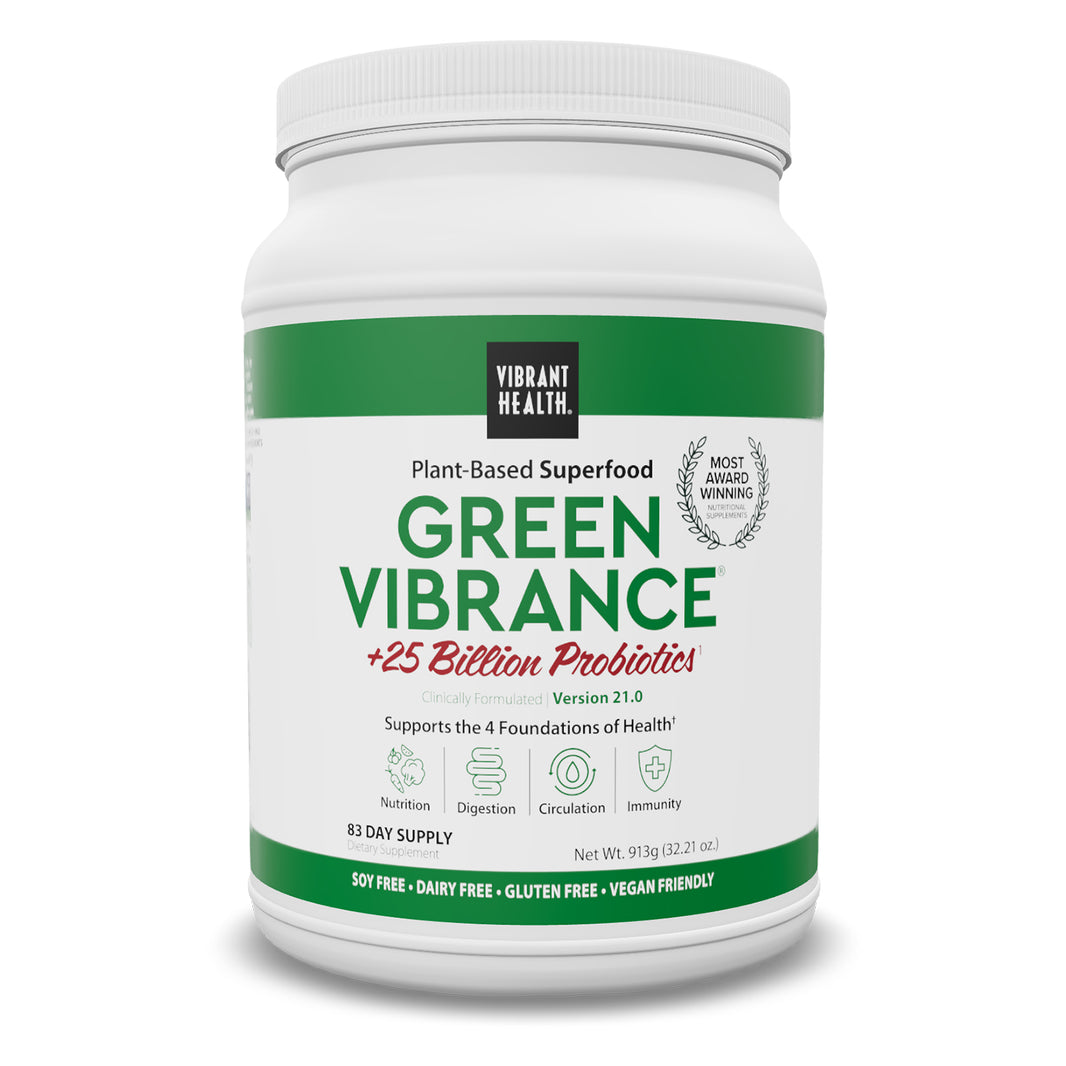For a long while, we’ve known that eating fruit and vegetables is good for us. For our energy levels, our weight, our concentration, even our skin.
But how much fruit and vegetables should we eat per day?
Five a day is the official UK recommendation, though one study a few years back suggested those who ate seven or more portions had a 33% reduced risk of all-cause death compared to people who ate less than one.
And now a brand-new report says 10 portions of fruit and veg is what we should aim for.
10 is the Magic Number
10 portions of fruit and veg per day will seem outlandish and unrealistic to some, achievable and necessary to others. The fact is, many people currently struggle to hit five a day, which the vast majority of nutritionists and doctors agree is inadequate.
Only one in three are said to meet this guideline. Reaching ten before bedtime will require a serious upping of one’s game!
What we should bear in mind is that five a day was always intended as a minimum, not a maximum. Rather than let out a sigh of relief after consuming that apple or those broccoli florets, you should wonder if you can get another serving in before the day ends – appetite permitting of course.
The protective effects of a diet rich in fruits and vegetables – particularly against cardiovascular disease and cancer – are well-documented.
Fruits and vegetables are some of the most nutrient-dense foods on earth, brimming with antioxidants, fibre, vitamins and minerals.
It helps, too, that most fruits and vegetables are both low in fat and calories, making them healthful alternatives to snacks that are high in salt or sugar.
While five a day confers plenty of health benefits, seven confers yet more and 10 portions of fruit and veg is the magic dose.
The latest study comes from Imperial College London, who asserted that 10 portions could prevent as many as 7.8 million premature deaths worldwide every year.
800g of Fruit and Veg a Day: Can You Manage It?
When it comes to fruit and veg, more is better – according to the researchers at Imperial College’s School of Public Health, in any case.
Their investigation sought to determine how much fruit and vegetables we should eat to gain maximum protection against disease and premature death.
To find the answer, they pooled results from 95 different studies involving around two million people.
“Although five a day is good,” concluded Dr Dagfinn Aune, the study’s lead author, “10 a day is even better.”
The recommendation might seem rather abstract, so let’s scrutinise the figures. According to the study, eating 10 portions a day is linked with a 33% reduced risk of stroke; a 31% reduction in premature deaths; a 24% reduced risk of heart disease; and a 28% reduced risk of cardiovascular disease.
10 portions of fruit and veg also reduced the risk of total cancer by a massive 13%.
The Imperial College study builds on the aforementioned 2014 University College London study, which found that fresh vegetables had the strongest protective effects, followed by salad and then fruit.
In that earlier study, tinned and frozen fruits were actually said to increase one’s risk of death by 17%.
Given the research, which is published in the International Journal of Epidemiology, it would absolutely seem worthwhile to ignore the Department of Health’s current guideline and shoot for 10 portions of fruit and veg – 800g – rather than five.
To put it in context, 800g is equal to: one apple, one pear, one glass of orange juice, half a grapefruit, two kiwi fruits, two broccoli spears, a tomato, eight cauliflower florets, a banana and three tablespoons of peas.
I know what you’re thinking and you’re correct: that’s a whole lot of food!
Which Fruits and Vegetables are Best for Health?
If you’re going to get on board with 10 portions of fruit and veg a day, you’ll almost certainly want to mix it up. Relying solely on bananas to reach your 800g quota sounds like a form of self-torture, but more than anything else, you’ll miss out on key nutrients if you don’t vary your routine.
Handily, the Imperial College researchers drilled into the data and assessed which fruits and vegetables had the most protective properties.
The fruits that were said to be best at immunising people from heart disease and stroke were apples, pears and citrus fruits.
Top veggies, meanwhile, included chicory, spinach, lettuce and cruciferous staples like cabbage, cauliflower and broccoli.
As far as cancer risk is concerned, green and cruciferous vegetables are the most helpful; peppers and carrots also rated highly. No difference was noted between the protective properties of cooked greens and raw greens.
Need Help Meeting Your 10 a Day?
If you love fruit and vegetables, you might experience no difficulty in smashing your daily target. Three or four pieces of fruit per day, some veggies with each meal, perhaps a smoothie in the afternoon: easy, right?
Well count yourself lucky, because for others, 10 portions of fruit and veg will be a mighty struggle.
One sure-fire way of getting closer to 10 portions – or even five, if you currently struggle with that target – is by incorporating a quality greens supplement such as those shown on the carousel further up the page.
Green Vibrance is a great option. Developed by world-renowned nutrition specialist Vibrant Health, the supplement is packed with organically-grown greens and freeze-dried grass juices. Such is the density of nutrients, each scoop equates to 3-4 servings of vegetables.
The idea of getting four servings of vegetables from a single scoop might seem far-fetched, but the nutrients in Green Vibrance have been protected by their processing. What’s more, the powder contains in excess of 7o ingredients.
10 portions of fruit and veg per day starts to look feasible when you can get the equivalent of four portions from a super green drink.
Conclusion
Whether you use Green Vibrance or another greens supplement to reach your goal, we would urge you to pay attention to the ICL study and aim to bolster your health by consuming more fruits and vegetables.
The fact that only one in five of us manages five-a-day illustrates just how difficult it will be to collectively achieve this new target. But seeing the benefits of this study in terms of disease risk reduction will hopefully start to resonate.
Eat the rainbow and your body will thank you.




























Leave a comment